Nagoya’s distinct cultural heritage and storied past have long captivated both Japanese and international visitors. As a strategic hub during the tumultuous Sengoku period, the city witnessed the rise of influential warlords and played a pivotal role in Japan’s unification. Today, Nagoya’s well-preserved landmarks, such as the iconic Nagoya Castle, offer a glimpse into the city’s illustrious history. Beyond its architectural marvels, Nagoya’s vibrant Osu District showcases a captivating blend of traditional and modern elements, from revered temples to eclectic shops and culinary delights. Delving deeper into Nagoya’s multifaceted cultural tapestry promises to unveil a richly rewarding and enlightening experience for the discerning traveler.
Key Points
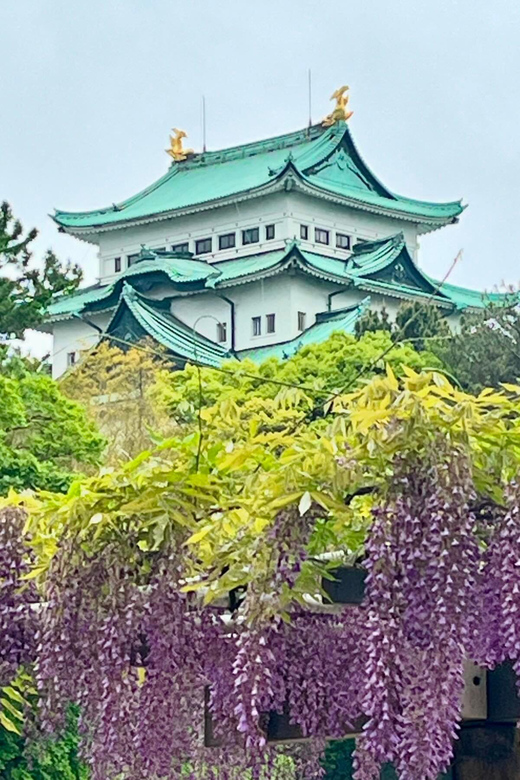
- Nagoya’s strategic location at the convergence of major roads and waterways made it a central battleground during the Sengoku period.
- Nagoya Castle, constructed in the early 17th century, was a prominent landmark that played a pivotal role in the city’s political and economic development.
- The Nagoya Culture Path showcases the city’s rich architectural heritage, from the well-preserved Toyoda Residence to the captivating Futaba Library.
- Osu Kannon Temple, an important Buddhist shrine dating back to the 1400s, stands as a testament to Nagoya’s deep-rooted spiritual and cultural traditions.
- Nagoya’s central role in Japan’s unification during the Sengoku period and its subsequent economic growth, particularly in the automotive and aerospace industries, have contributed to its enduring significance.
Nagoya’s Strategic Significance
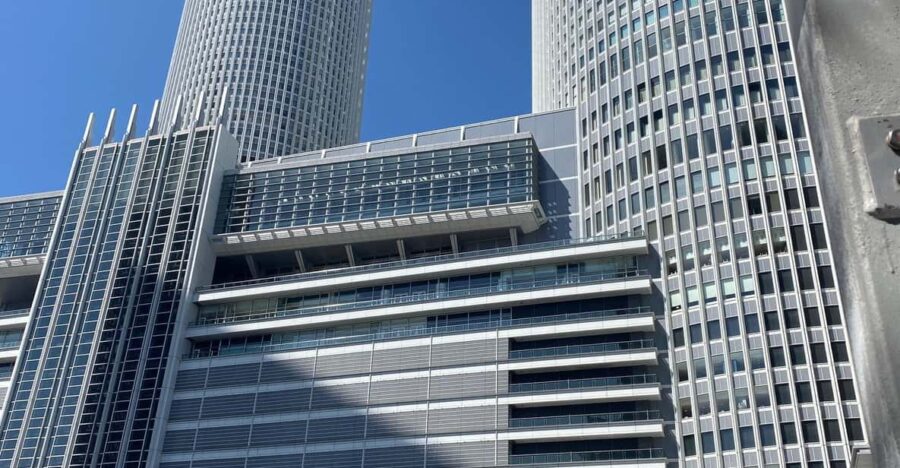
Nagoya’s strategic location was a central battleground during the Sengoku period (1467-1603), a tumultuous era marked by civil war and power struggles among feuding warlords. Situated at the convergence of major roads and waterways, Nagoya was a prime location for military control and economic influence.
Warlords vied to seize the city, recognizing its potential to serve as a staging ground for further territorial expansion. Nagoya’s strategic importance continued into the Edo period, when it became a hub of commerce and cultural exchange.
Today, the city’s historical significance is evident in its well-preserved landmarks and vibrant cultural heritage, which offer visitors a glimpse into Japan’s formative years.
Fascinated by Nagoya's past? More historical tours we've covered
Exploring Nagoya Castle
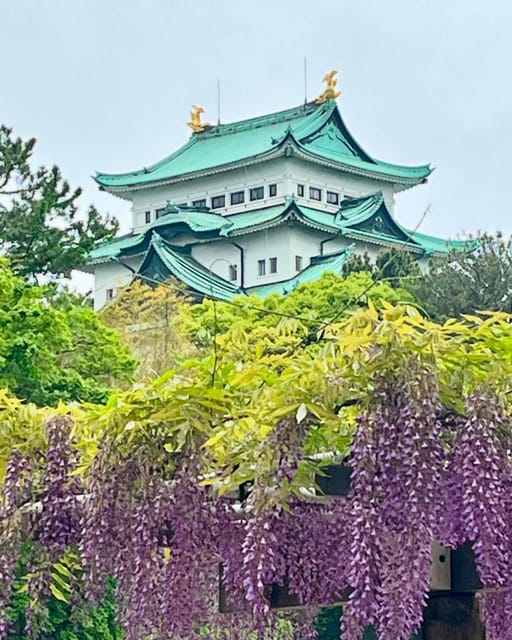
One of the most iconic landmarks in Nagoya, the imposing Nagoya Castle stands as a testament to the city’s rich history and cultural legacy. Constructed in the early 17th century, this magnificent castle complex boasts impressive architecture, including the striking donjon, or central tower, which offers breathtaking views of the surrounding city.
Visitors can explore the ornate interiors, admire the intricate details of the castle’s exterior, and learn about the castle’s role in Nagoya’s transformation into a prominent political and economic hub during the unification of Japan. Nagoya Castle remains a cherished symbol of the city’s proud past and a must-visit destination for anyone seeking to enjoy the cultural heritage of Japan.
Nagoya Culture Path Highlights
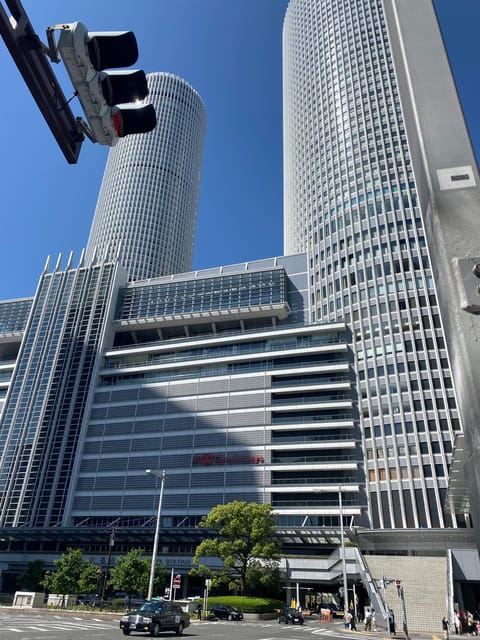
Along the Nagoya Culture Path, visitors can explore a wealth of historic and cultural landmarks that offer a captivating glimpse into the city’s storied past. This scenic route features several must-see attractions, including:
- The stately Toyoda Residence, a well-preserved example of traditional Japanese architecture.
- The Nagoya Archives, a repository of historical documents shedding light on the region’s rich heritage.
- The Shumokukan House, a charming 19th-century building showcasing the city’s architectural evolution.
These sites, together with the Futaba Library, form a captivating tapestry that celebrates Nagoya’s enduring cultural legacy and its pivotal role in Japan’s unification and economic development.
Discovering Osu Kannon Temple
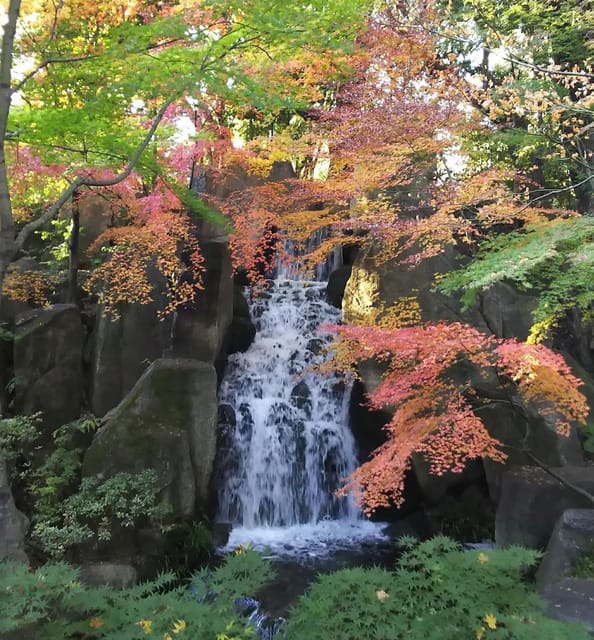
Nestled within Nagoya’s bustling Osu district, the Osu Kannon Temple stands as a beacon of spiritual tranquility. This important Buddhist shrine dates back to the 1400s and is dedicated to the Bodhisattva Avalokiteśvara, known as Kannon in Japan. Visitors can explore the temple’s intricate architecture, adorned with intricate carvings and ornate roofs.
| Architectural Features | Religious Significance | Visitor Highlights |
|---|---|---|
| Main Hall | Enshrines the principal image of Kannon | Observe daily rituals and ceremonies |
| Pagoda | Houses sacred relics and scriptures | Admire the five-story structure |
| Incense Burner | Symbolizes the purification of the mind | Light an incense stick for good fortune |
The Osu Kannon Temple offers a peaceful respite from the lively Osu shopping district, allowing visitors to enjoy Nagoya’s rich cultural and spiritual heritage.
More Great Thing To Do NearbyExperiencing Osu District’s Charm

After exploring the serene Osu Kannon Temple, visitors can enjoy the vibrant energy of Osu district. This bustling neighborhood is a hub of shopping, dining, and cultural experiences.
Visitors can browse the eclectic mix of shops, from quirky anime figurines to traditional Japanese crafts. The district also offers a tantalizing array of culinary delights, from street food stalls to cozy cafes.
Three key experiences that capture the essence of Osu district are:
- Wandering through the lively market stalls, where vendors hawk their wares with infectious enthusiasm.
- Discovering hidden gem cafes serving up delectable coffee and mouthwatering pastries.
- Immersing oneself in the district’s vibrant nightlife, with its thriving bars and lively music venues.
- Nagoya Airport To/From LEGOLAND Private Transfer
- Nagoya: Japan/ Asia Esim Roaming Mobile Data Plan
- Nagoya: Private One-Way Transfers To/From Suzuka Circuit
- Chubu Airport (Ngo): Private One-Way Transfer To/From Aichi
- Nagoya: Customized Private Tour
- Chubu Airport (Nagoya): Private One-Way Transfer To/From Kanazawa
Unification Role in Sengoku Period
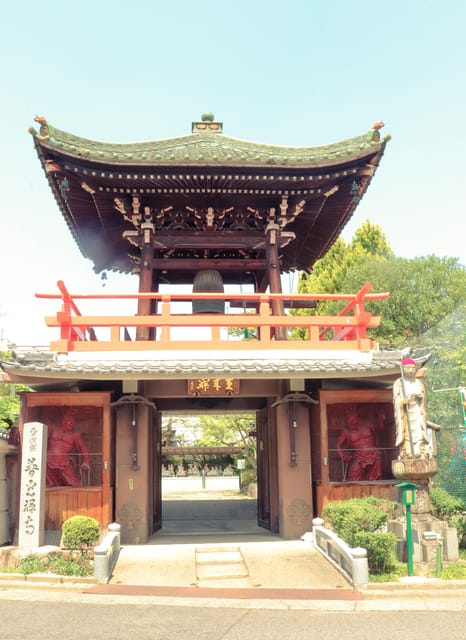
Nagoya’s strategic location made it a central battleground during the tumultuous Sengoku period (1467-1603) – a time of warring feudal lords and political upheaval that ultimately led to Japan’s unification. Nagoya’s role was pivotal, serving as a stronghold for key figures like Oda Nobunaga and Tokugawa Ieyasu who sought to consolidate power. The table below highlights the significance of Nagoya during this era:
| Period | Key Events | Nagoya’s Role |
|---|---|---|
| 1467-1573 | Rise of Oda Nobunaga | Nobunaga made Nagoya Castle a strategic base |
| 1573-1582 | Nobunaga’s Unification Efforts | Nagoya was a key battleground |
| 1582-1603 | Tokugawa Ieyasu’s Rise | Nagoya remained central to Ieyasu’s consolidation of power |
Nagoya’s central role in Japan’s unification cemented its place in the country’s history and legacy.
Nagoya’s Economic Development Journey
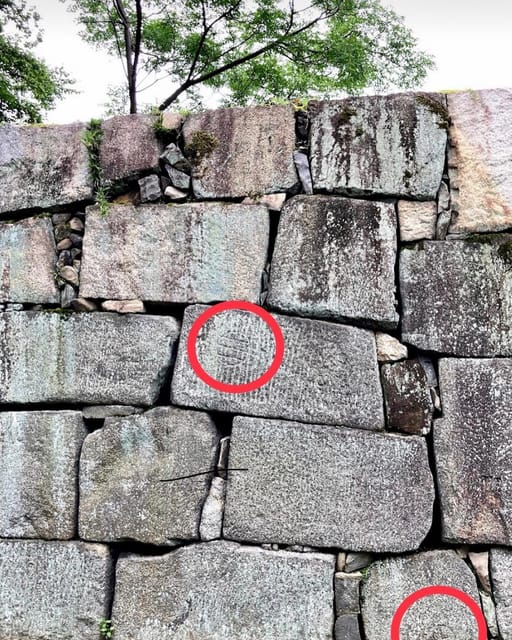
In the wake of its pivotal role during the Sengoku period, Nagoya embarked on a remarkable economic development journey, leveraging its strategic location and the innovations of its industrious residents. As a manufacturing powerhouse, the city’s industrial might flourished, driven by the pioneering spirit of its people.
Nagoya’s economic transformation is reflected in:
- The rise of the automobile industry, with Toyota’s headquarters located in the city.
- The growth of the aerospace sector, with Nagoya serving as a hub for leading aerospace companies.
- The flourishing of traditional crafts, such as the renowned Noritake porcelain and Nagoya Natto, contributing to the city’s cultural heritage.
These milestones solidified Nagoya’s reputation as a dynamic economic center, paving the way for its continued prosperity.
Tour Inclusions and Booking Details
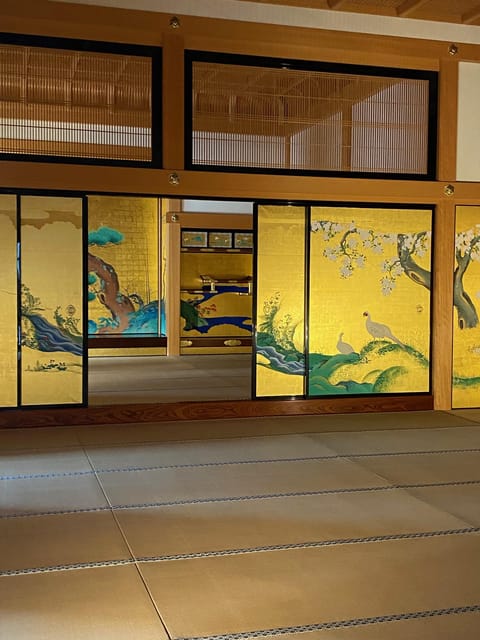
The cultural and historical tour of Nagoya includes an escort and excursion services, as well as fees for public transport, food and drinks, and entrance fees, amounting to approximately 4,000 yen per person. Guests can save up to 10% on the tour, which originally costs $110.71 per person, by booking now and paying later. The tour also offers free cancellation up to 24 hours in advance, providing flexibility.
With its focus on Nagoya’s role in Japan’s unification and exploration of key historical and cultural sites, this 7-hour tour offers an immersive experience for those interested in Nagoya’s significance in the country’s history.
Frequently Asked Questions

What Is the Best Time of Year to Visit Nagoya?
The best time to visit Nagoya is during the spring or fall. Spring offers pleasant weather and blooming cherry blossoms, while fall showcases the city’s vibrant autumn foliage and cultural festivals.
How Accessible Is Nagoya for People With Disabilities?
Nagoya is generally accessible for people with disabilities, with public transportation, attractions, and accommodations offering good accessibility. Visitors should still research specific needs beforehand to ensure a comfortable trip.
Are There Any Unique Local Cuisines to Try in Nagoya?
Nagoya offers a variety of unique local cuisines to try, including Nagoya-style miso katsu (deep-fried pork cutlet in miso sauce) and kishimen (wide, flat udon noodles). These regional dishes showcase Nagoya’s culinary heritage and rich flavors.
Can I Book a Private Tour for My Group?
Yes, you can book a private tour for your group. The tour operator offers private excursions, allowing you to customize the experience to your group’s interests and schedule.
What Is the Dress Code for the Cultural Tour?
The cultural tour of Nagoya doesn’t have a strict dress code, but casual, comfortable attire is recommended. Guests should be prepared for walking during the 7-hour tour and dress appropriately for the weather.
Recap
Nagoya’s rich cultural and historical heritage is evident in its well-preserved landmarks. The iconic Nagoya Castle, Osu Kannon Temple, and vibrant Osu District showcase the city’s transformation from a strategic hub during the Sengoku period to a prominent political and economic center. Nagoya’s enduring significance within Japan reflects its pivotal role in the country’s unification and ongoing cultural dynamism.
You can check if your dates are available here:More Historical Tours in Nagoya
- Guided Garden Walk: Nagoya Castle, Gardens & Historic Estate
- Brass Bangle Crafting With a Master Artisan in Historic Nagoya
- Nagoya Kakuozan Historical Walk With Incense Ceremony Experience
- Nagoya Historic Townscape Street Private Food Walking Adventure
- Private Walking History Tour in Nagoya
- Hiking the Historic Nakasendo Trail- 1 Day Tour From Nagoya
More Tour Reviews in Nagoya
- Nagoya: History Focused Private Walking Tour
- From Nagoya: Hida Takayama & Shirakawa-go Small Group Tour
- From Nagoya: Nakasendo Trail With Cultural Experience & Transport
- From Nagoya: Myths and Mystery of Ninja and the Tokaido Road
- Grandmas Traditional Japanese Cooking Class
- Local Traditions of Magome and the Nakasendo Road: From Nagoya
Not for you? Here's more things to do in Nagoya we have recnetly reviewed
- 2 Best Dining Experiences In Nagoya
- 4 Best Shopping Tours In Nagoya
- 7 Best Cruises And Boat Tours In Nagoya
- 3 Best 2 Day Tours In Nagoya
- 2 Best Lunch Experiences In Nagoya
- 2 Best Photography Experiences In Nagoya
- 3 Best Full-Day Tours In Nagoya
- 6 Best Food Tours In Nagoya
- Sumo Tournament Tokyo, Japan.
- 2Days1Night Private Tour Nagoya~Nagano~Tokyo Up To 10 Guests
- [FROM NAGOYA] Private Tour of the Kiso Valley and Magome
- Nagoya/Kanazawa: Tour to Shirakawa,Takayama,Kamisannomachi
